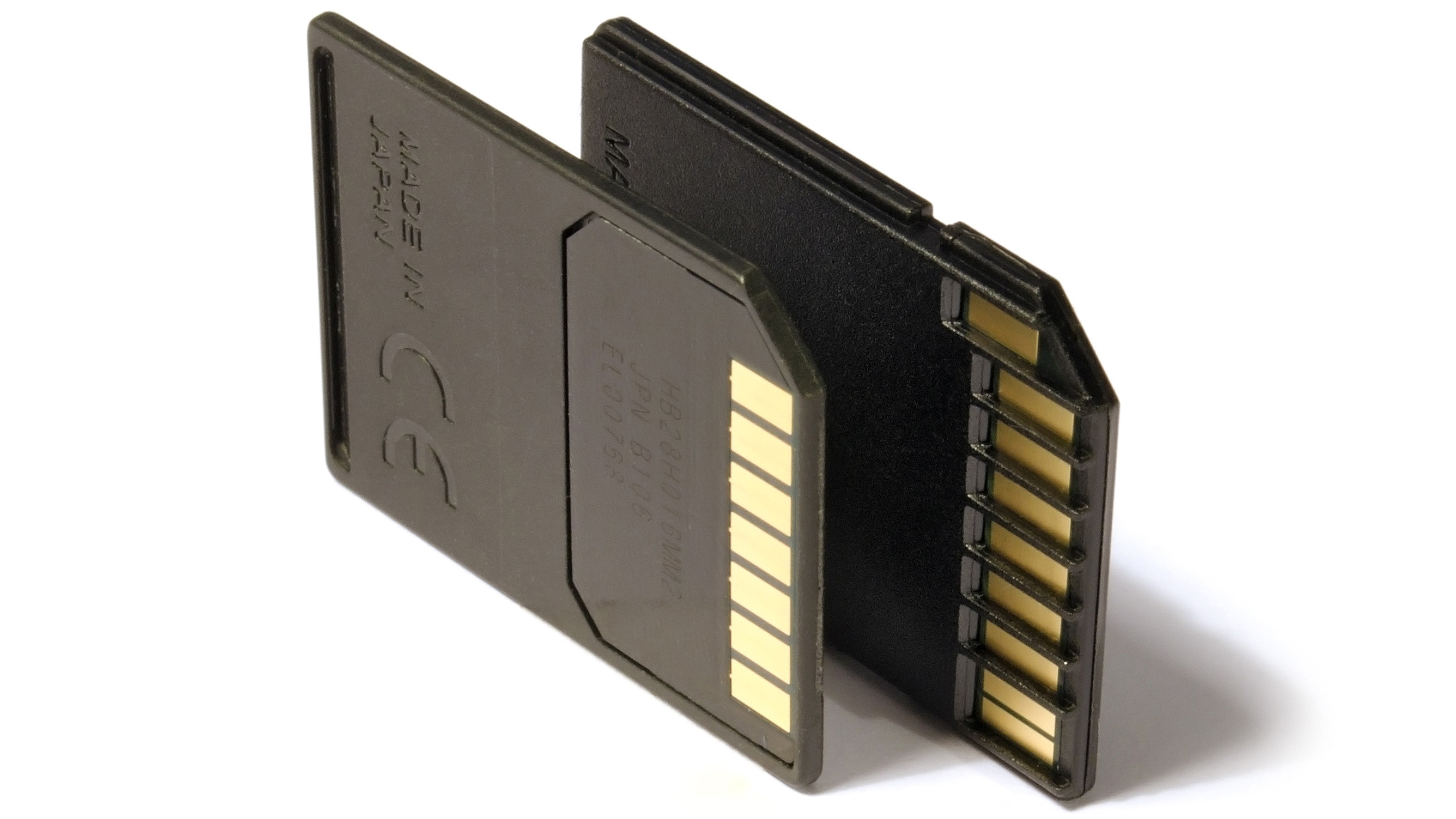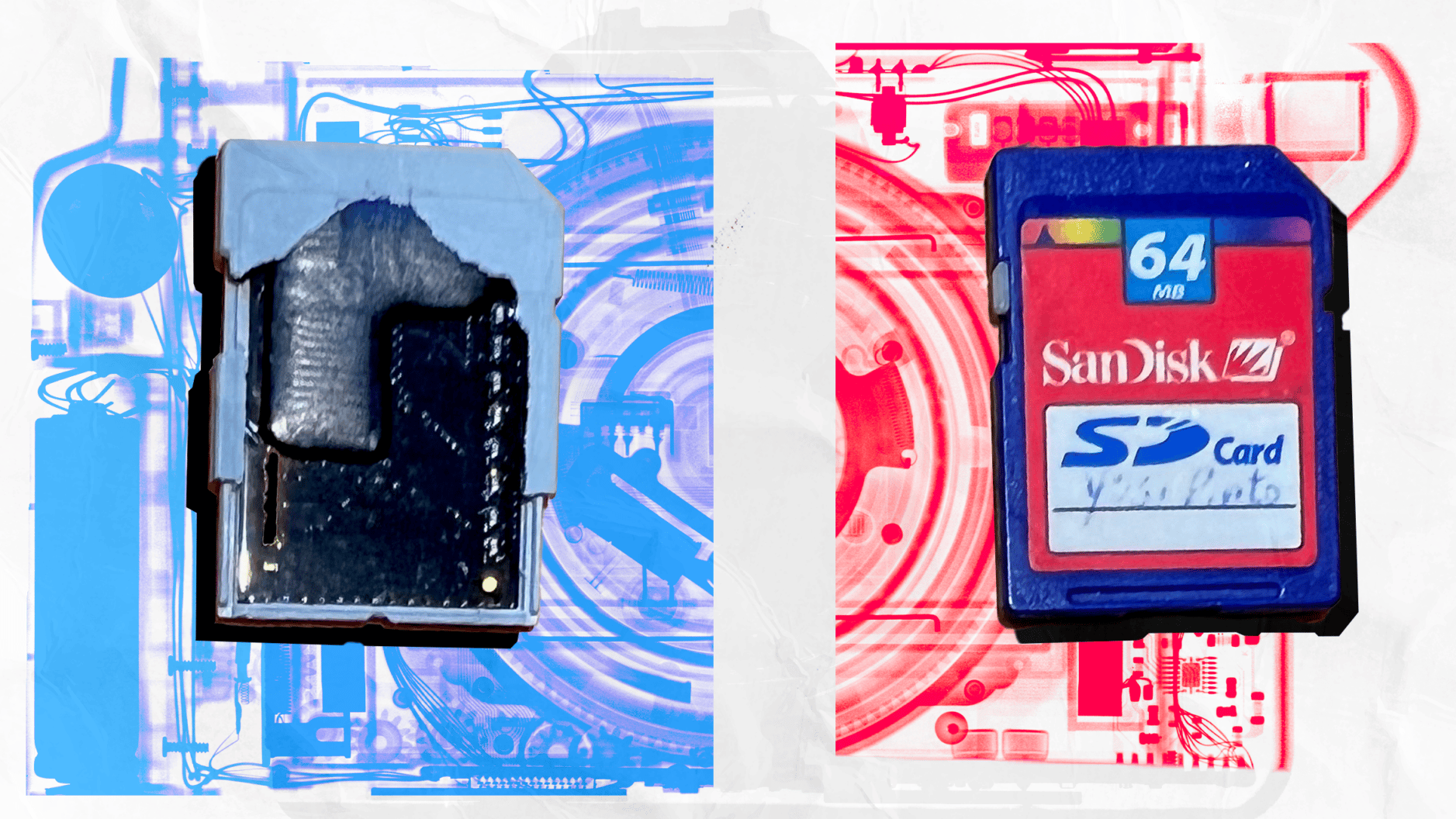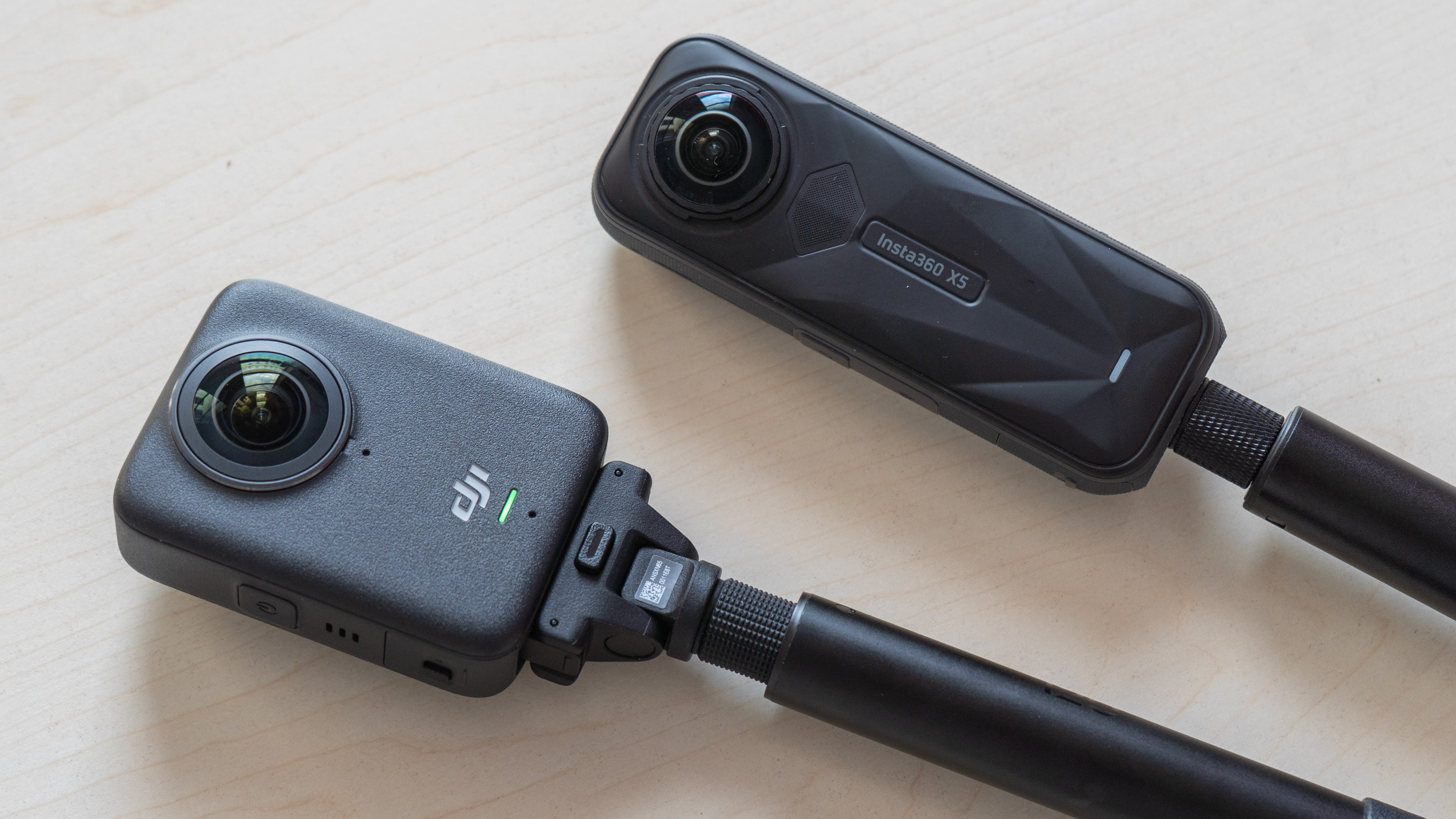Happy 25th birthday to the SD card! The memory format that refuses to die
It's easily the most successful memory card format ever and shows little sign of being overtaken
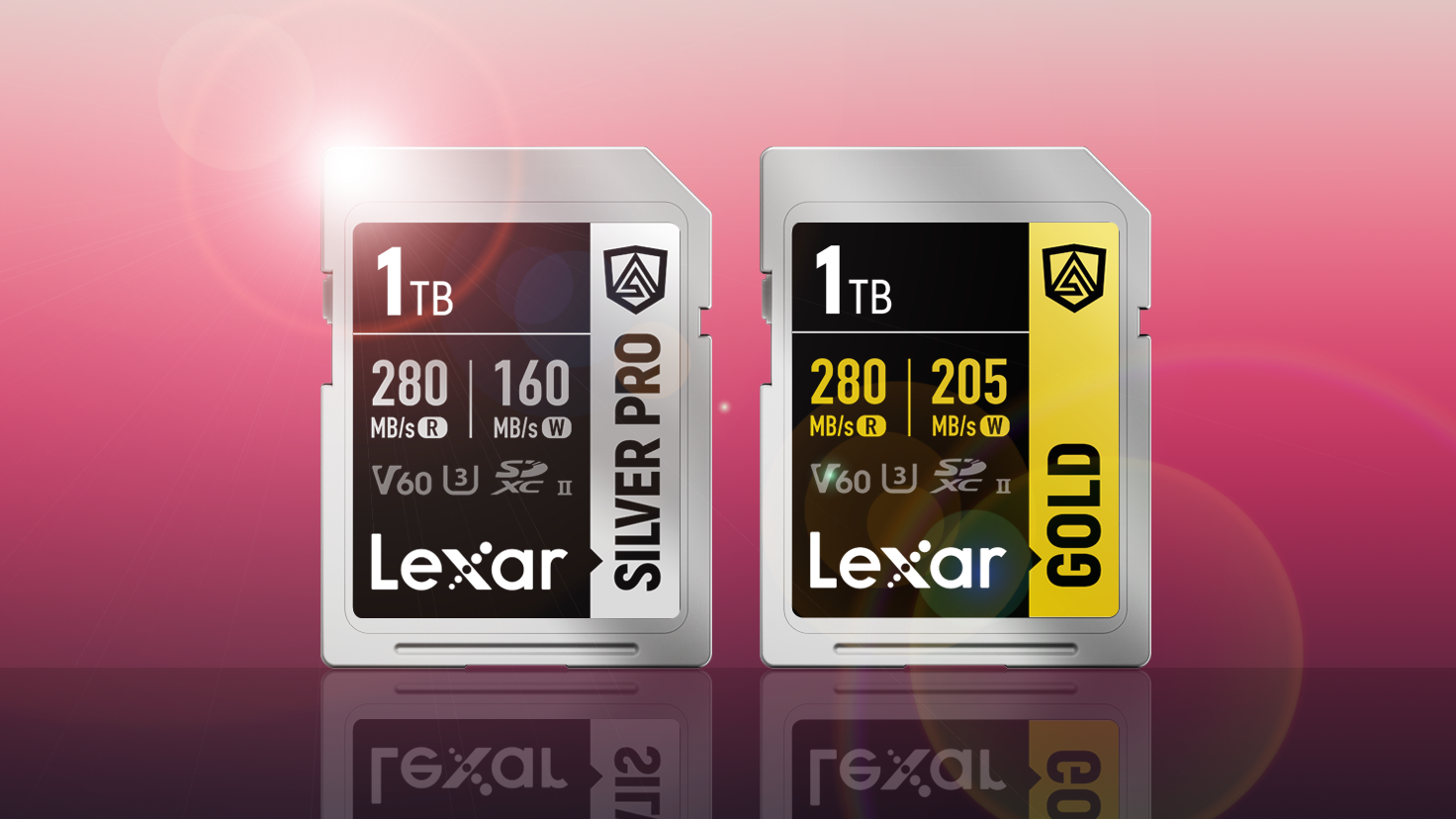
Blow up the balloons, bake a cake and spray a bottle of champagne: the humble SD card is celebrating its 25th birthday!
Throughout the last 25 years, SD and microSD memory cards have sold more than 12 billion cards and evolved by offering massive storage capacities and lightning fast speeds, meeting industry needs. SD memory cards remain the most-used removable storage card for consumer electronic devices. The SD Association
2025 also marks the 20th anniversary of the diminutive microSD card, and to mark this double birthday:
The SDA has contributed to OneTreePlanted and the Morino Project, expediting the planting of 25,000 trees around the world to help fight climate change. It also contributed $25,000 to the Audiopedia Foundation to support its efforts to empower African women through preloading audio content onto microSD memory cards, allowing the most basic mobile phones to become portals of empowerment, turning isolated communities into connected hubs of health, financial, and educational information.
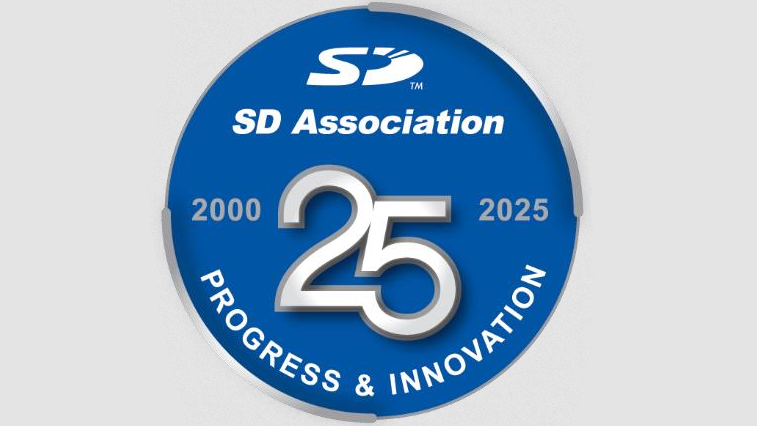
All well and good, but let's also take a moment to appreciate just want a phenomenal product the SD card is. Tech comes and goes, but few forms of storage media have stood the test of time like the SD card. Other card formats - CompactFlash, Memory Stick, xD-Picture Card, to name just a few - have long been consigned to the history books, but even after a quarter of a century, the SD card shows little sign of fading into obscurity. Sure, it may have been usurped at the high end of the memory market by CFexpress, but even high-end cameras like the Canon EOS R3 and Fujifilm GFX100RF still have SD card slots.
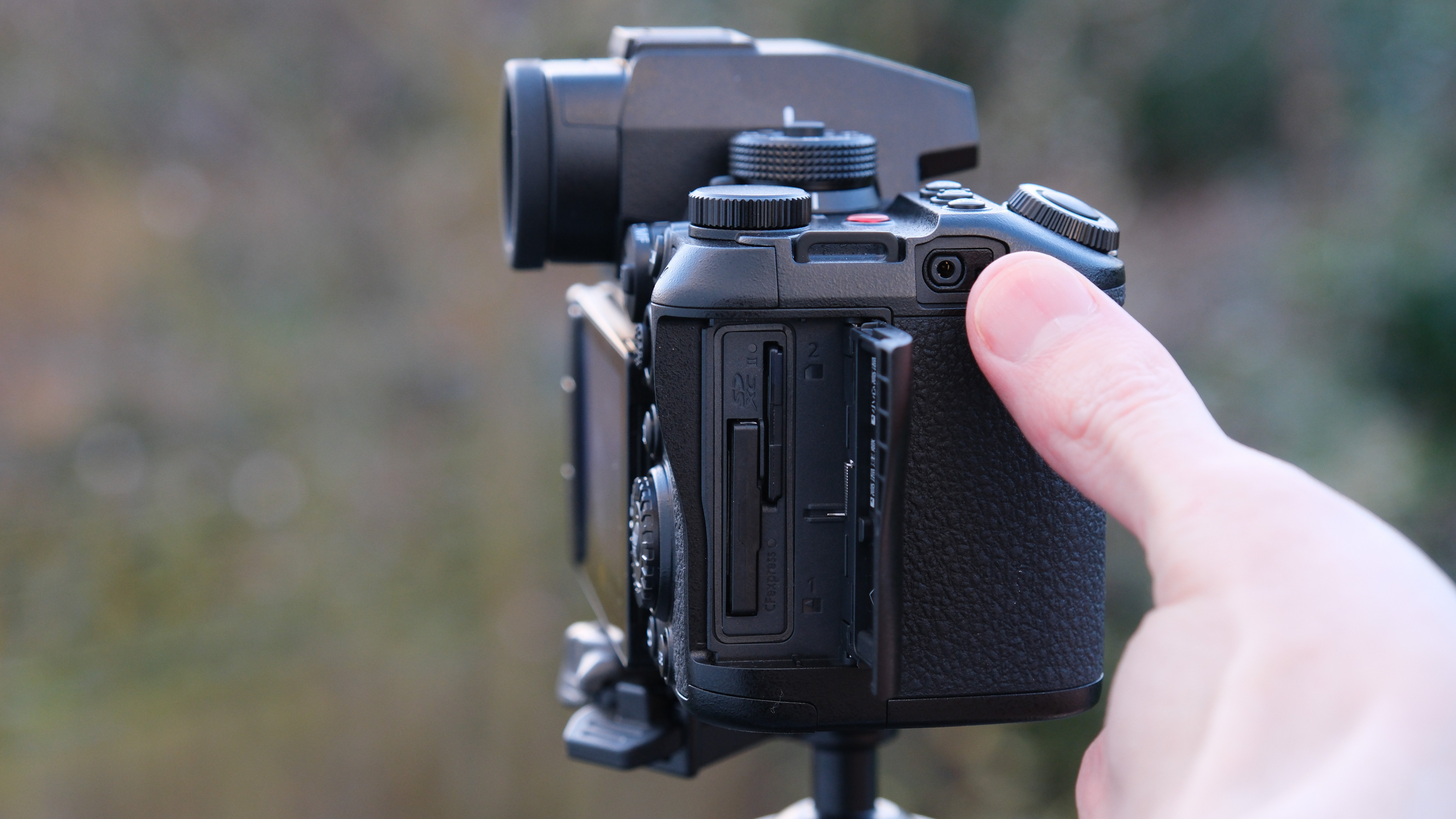
The history of the SD card format can actually trace its roots back as far as 1996, when SanDisk (now a WD brand, but back then it was independent) set about creating another long-forgotten flash memory format: MultiMediaCard (MMC). This card, designed in collaboration with Siemens, was intended to be a more compact, user-friendly memory card than the rugged but bulky CompactFlash card introduced in 1994. The thin form factor with surface contacts for power and data transfer was a direct response to Sony's proprietary Memory Stick format. However, against the might of Sony, MMC struggled with low adoption and few supporting products.
And yet the need for an alternative to Memory Stick and other brand-specific flash memory formats was still present. In 1999 SanDisk was approached by Toshiba and Panasonic to develop the basic MMC format into a new memory card with a sturdier design, higher speeds, additional security features, and other improved capabilities. This was a top-secret development, as at this time the rise of portable devices like MP3 players requiring solid state storage was just taking off. The potential for a widely-used, standardised flash memory format was therefore enormous.
The best camera deals, reviews, product advice, and unmissable photography news, direct to your inbox!
Thanks to basing the SD standard on pre-existing MMC technology (the two formats appear almost identical, and MMC cards can even be used in a standard SD slot), it only took one year between SD conception and the first cards going on sale in 2000. The first consumer card had a capacity of just 8 megabytes, but it was only a matter of months before capacities had reached 64MB. With Toshiba and Panasonic aggressively launching multiple devices that supported SD cards, the format’s widespread adoption was accelerated. By late 2003 SD had surpassed both CompactFlash and Memory Stick to become the dominant flash memory format - a position it's held ever since. Interestingly, though Sony effectively surrendered the flash format war in 2010 when it began supporting both Memory Stick and SD cards in new products, it refused to abandon the format. Incredibly, even cameras as recent as the A6600 can still use Memory Stick cards.
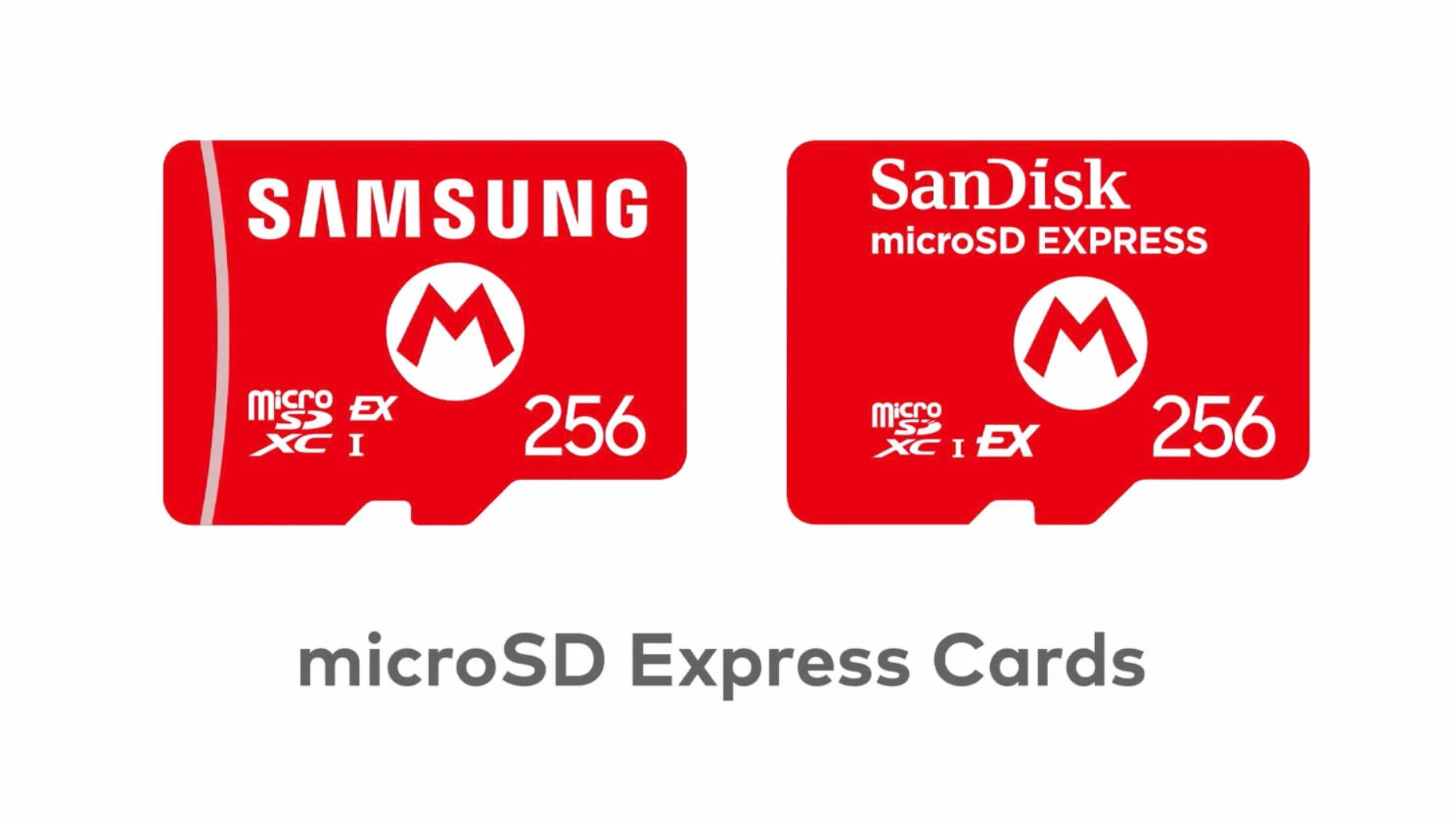
So what next for the SD card? The next generation of SD - SD Express - has for several years been touted as a rival to CFexpress, but as yet only the Nintendo Switch 2 has appeared as a device that actually supports the format, albeit the microSD Express variant. It would seem that by now CFexpress - both Type A and Type B - has effectively cemented itself as the go-to format for high-speed memory. But that still leaves space for the smaller, cheaper SD card to retain the mainstream memory segment, while microSD continues to have a monopoly on ultra-small removable storage.
It looks like both forms of the SD card will be with us for many more years to come.
Ben is the Imaging Labs manager, responsible for all the testing on Digital Camera World and across the entire photography portfolio at Future. Whether he's in the lab testing the sharpness of new lenses, the resolution of the latest image sensors, the zoom range of monster bridge cameras or even the latest camera phones, Ben is our go-to guy for technical insight. He's also the team's man-at-arms when it comes to camera bags, filters, memory cards, and all manner of camera accessories – his lab is a bit like the Batcave of photography! With years of experience trialling and testing kit, he's a human encyclopedia of benchmarks when it comes to recommending the best buys.
You must confirm your public display name before commenting
Please logout and then login again, you will then be prompted to enter your display name.
